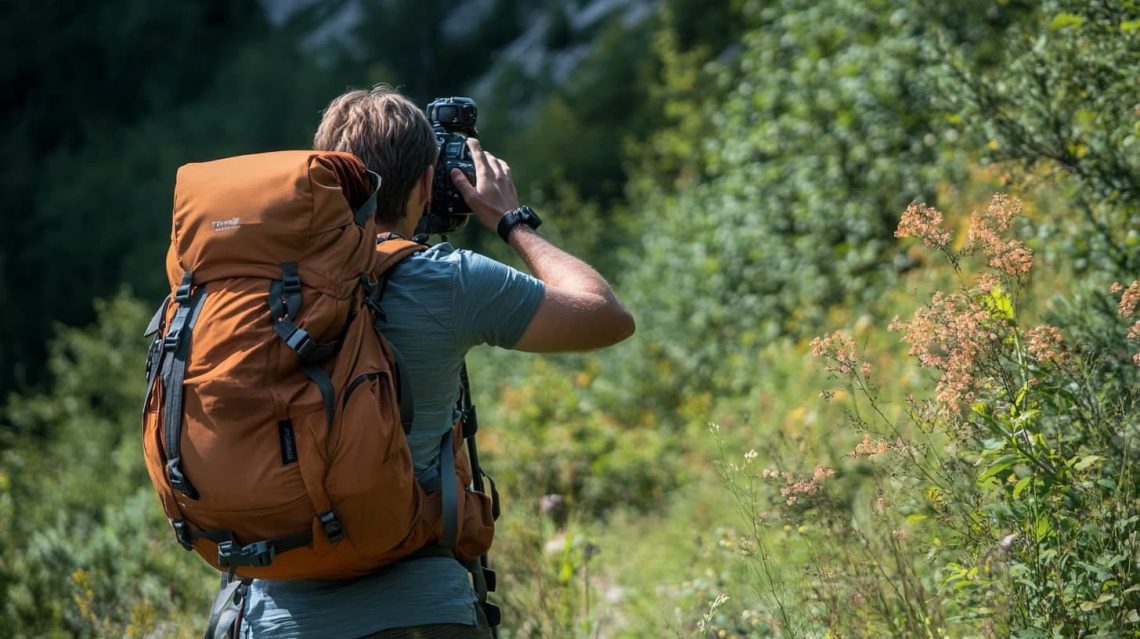Whether you’re an avid hiker, a weekend warrior, or a parent of adventurous kids, spending time outdoors is both rewarding and invigorating. However, the thrill of outdoor activities often comes with the risk of injuries. From minor scrapes to more serious conditions, knowing how to prevent and treat common outdoor injuries is essential.
In this comprehensive guide, we’ll explore the most frequent injuries encountered by outdoor enthusiasts, along with practical prevention tips, effective first aid techniques, and recovery strategies. By the end of this post, you’ll be equipped with the knowledge needed to keep your outdoor experiences safe and enjoyable.
Understanding Common Outdoor Injuries
Before heading into the great outdoors, it’s important to be aware of potential injuries you or your loved ones might encounter. Knowing these risks can help you prepare better and respond effectively if an injury occurs.
Sprains and Strains
Sprains and strains are among the most common outdoor injuries, affecting ligaments and muscles respectively. They often happen when people trip on uneven terrain or land awkwardly during sports. Symptoms include pain, swelling, bruising, and limited mobility.
These injuries can range from mild to severe, and treating them promptly is crucial to prevent long-term damage. Rest, ice, compression, and elevation (RICE) are often recommended as first steps. Understanding how to identify and address sprains and strains can make a significant difference in recovery time.
Sunburn
Despite being preventable, sunburn is a prevalent issue for those who spend prolonged periods outside without adequate protection. It’s more than just an inconvenience; it can cause severe skin damage and increase the risk of skin cancer.
Recognizing the signs of sunburn early, such as redness and tenderness, allows for more effective treatment. Repeated exposure without protection can lead to serious consequences, making it vital to take preventive measures seriously.
Insect Bites and Stings
Bugs are an inevitable part of the outdoor experience, and their bites can range from mildly annoying to dangerous. Mosquitoes, ticks, and bees are commonly encountered, each posing unique challenges.
Understanding how to treat bites and stings quickly can reduce irritation and prevent infections. In some cases, insect bites may trigger allergic reactions, requiring immediate medical attention. Preparedness and awareness are key to managing these encounters.
Prevention Tips
While injuries may seem like an unavoidable part of outdoor adventures, many can be prevented with careful planning and awareness. Here are some practical tips to help you stay safe.
Choose the Right Gear
Having the proper equipment is essential for any outdoor activity. Ensure that shoes provide adequate support and traction, particularly on uneven or slippery surfaces. Wearing hats, sunglasses, and sunscreen can protect against harmful UV rays, while insect repellent can deter bites.
Investing in quality gear tailored to your specific activities can prevent many common injuries and enhance your overall experience. It’s always worth taking the time to prepare before you set out.
Stay Hydrated and Nourished
Proper hydration and nutrition play a significant role in injury prevention. Dehydration can lead to fatigue and impaired judgment, increasing the risk of accidents. Carry enough water and snacks to sustain your energy levels throughout your adventure.
Monitoring your body’s needs and responding promptly to signs of hunger or thirst will help maintain your performance and reduce the likelihood of accidents. It’s a simple yet effective way to enhance safety.
Be Aware of Your Surroundings
One of the best ways to prevent injuries is by staying alert and being mindful of your environment. Pay attention to changes in terrain, watch for potential hazards, and understand your limits.
Taking regular breaks to assess your surroundings and recalibrate your pace can make a significant difference in staying injury-free. It’s essential to enjoy the moment while remaining vigilant.
First Aid Techniques
Knowing how to respond to injuries when they occur is just as important as prevention. Here’s a breakdown of first aid techniques for common outdoor injuries.
Treating Sprains and Strains
When dealing with sprains and strains, the RICE method is a reliable approach. Begin by resting the injured area to avoid further strain. Apply ice packs wrapped in a cloth to reduce swelling and pain. Using an elastic bandage, compress the area to minimize swelling while still allowing circulation. Finally, elevate the injury above heart level to aid in reducing inflammation.
If symptoms persist or worsen, seeking professional medical advice is advisable. Prompt and appropriate care will expedite the healing process and prevent complications.
Managing Sunburn
For mild sunburns, applying aloe vera gel or a cold compress can relieve discomfort. Staying hydrated and taking over-the-counter pain relievers, such as ibuprofen, can also help manage symptoms.
In cases of severe sunburn, signs like blistering or fever necessitate medical attention. Prevention remains the best approach, so ensure adequate UV protection whenever you’re outdoors.
Addressing Insect Bites and Stings
For most bites and stings, cleaning the area with soap and water and applying an antihistamine cream can ease itching and discomfort. Using ice packs can help reduce swelling.
If you experience a severe allergic reaction—such as difficulty breathing or swelling of the face and throat—call emergency services immediately. Knowing how to use an EpiPen, if available, can be life-saving in such situations.
Recovery and Rehabilitation
Recovering from outdoor injuries requires patience and care. Following these guidelines can promote healing and get you back to enjoying your favorite activities.
Gradual Activity Resumption
After an injury, it’s crucial to allow your body adequate time to heal. Rushing back into activities can lead to setbacks. Gradual resumption of exercise, under guidance if necessary, will support recovery.
Listening to your body and respecting its signals will help you regain strength and confidence. It’s a balancing act that demands attention and commitment.
Physical Therapy
For more severe injuries, physical therapy can be invaluable. Working with a trained professional can aid in restoring mobility, strength, and flexibility. Tailored exercises can speed up recovery and help prevent future injuries.
Consistent follow-up and adherence to prescribed therapy will ensure optimal rehabilitation outcomes. It’s an investment in your long-term well-being.
Ongoing Prevention
Once recovered, maintaining preventive practices becomes even more critical. Continued attention to proper gear, hydration, and awareness will safeguard against recurrence.
Embedding these habits into your routine will enhance your safety and enjoyment of outdoor pursuits. It’s about creating a lifestyle of informed vigilance.
Conclusion
Outdoor activities offer unparalleled joy and fulfillment, but they come with inherent risks. By understanding common injuries, implementing prevention strategies, and mastering first aid, you can minimize the chances of accidents and respond effectively when they occur.
This guide has equipped you with essential knowledge to stay safe and recover smartly, allowing you to relish every outdoor moment. Keep exploring, stay vigilant, and remember—knowledge is your greatest ally in keeping those adventures both exciting and secure.
Seek further guidance from medical professionals or explore additional resources if needed. Stay informed, stay prepared, and enjoy the great outdoors!




